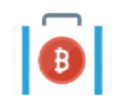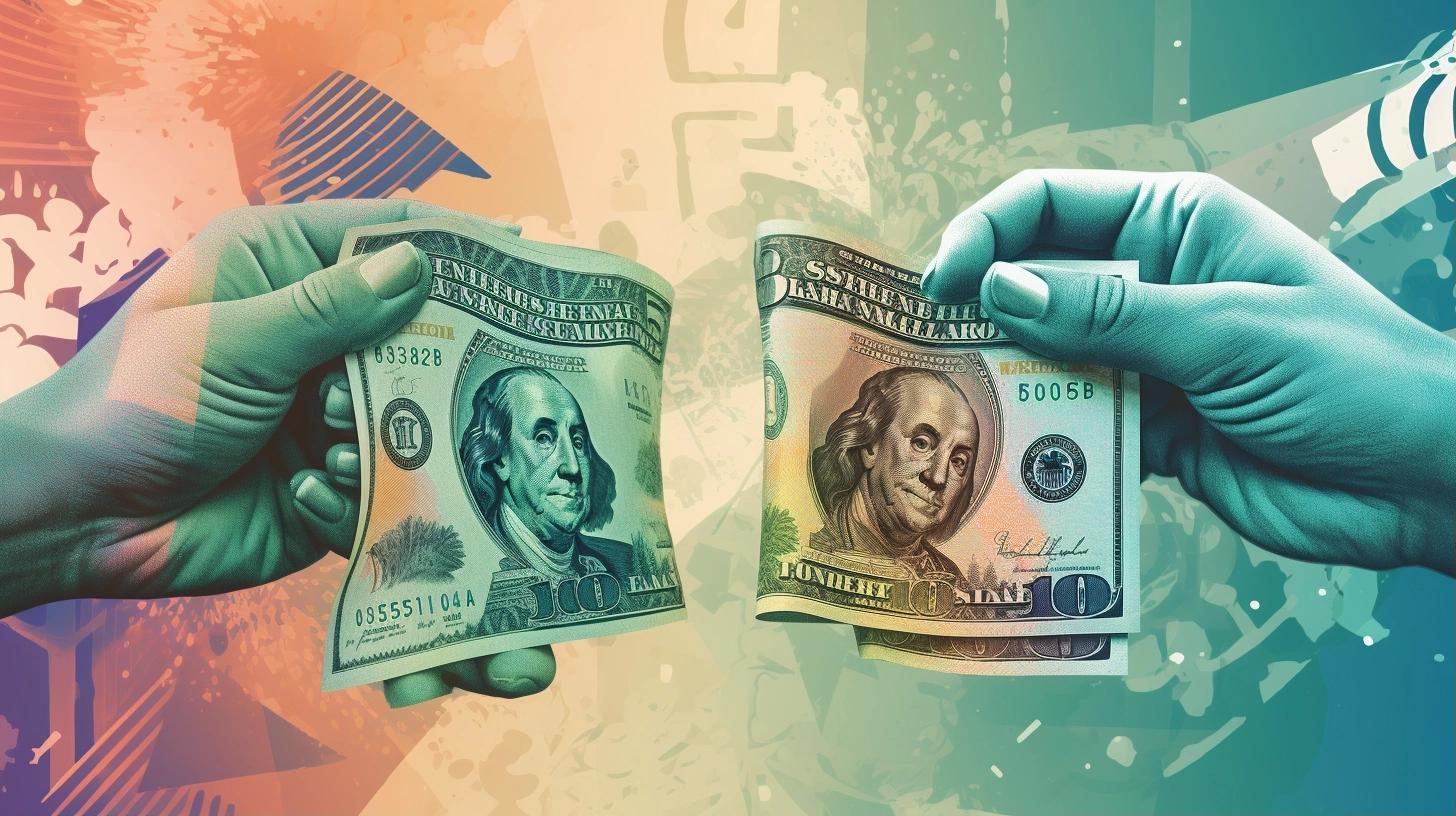Mastering the intricacies of currency conversion is a fundamental expertise, regardless of whether you’re a global entrepreneur or mapping out an upcoming foreign excursion. The Euro (EUR) and the U.S. Dollar (USD) shine prominently amidst the world’s currencies, underscoring the significance of comprehending how to convert EUR to USD in our interconnected global community. Furthermore, the capricious trajectory of the EUR/USD forecast accentuates the critical nature of delving into this conversion process exhaustively. Given the ceaseless undulations in the EUR/USD exchange rate, a comprehensive command of these mechanics can yield substantial advantages.
A Brief Overview of the EUR/USD Relationship
The EUR/USD pair is one of the most traded currency pairs in the world, so the relationship between these two currencies directly affects the global economy. Since the introduction of the Euro in 1999, these two currencies have been intertwined and subject to various economic factors, including changes in interest rates, geopolitical events, and economic growth. According to the U.S. Federal Reserve, the USD has maintained a strong position against the EUR, with fluctuations largely tied to market sentiment and key economic indicators [1].
[1] https://www.federalreserve.gov/releases/h10/summary/indexbc_m.htm
Understanding the Basics: How to Convert EUR to USD
At its most basic level, converting EUR to USD involves multiplying the amount of Euros by the current exchange rate. This rate, determined by forex markets, fluctuates throughout the day.
For example, if the exchange rate is 1.20, it means that 1 EUR equals 1.20 USD. Therefore, to convert 100 EUR to USD, you’d multiply 100 by 1.20 to get 120 USD. While this is the basic math, it’s important to note that most currency conversions involve some form of fee or service charge, especially when done through banks or exchange services.
Decoding the Future: Predicting EUR/USD Rates
Making predictions about the EUR/USD future is a complex task, involving several elements, such as interest rates, economic growth, political stability, and market sentiment. Analysts often use models to forecast exchange rates, but these are based on historical data and are not always accurate [2].
[2] https://www.imf.org/external/pubs/ft/wp/2010/wp10274.pdf
However, individuals and businesses can make educated guesses about the EUR/USD future by staying informed about key economic indicators, such as GDP growth rates, inflation rates, and political events in the Eurozone and the United States. They can also use hedging strategies to protect against adverse exchange rate movements.
Making the Switch: Where and How to Exchange Your Currency
Converting EUR to USD can be done in several ways:
- Banks: Most banks offer currency exchange services. However, they may charge fees and offer exchange rates that are less favorable than the market rate.
- Currency exchange kiosks: Often found in airports and tourist areas, these kiosks provide instant conversions. But, similar to banks, they often involve higher fees and less favorable exchange rates.
- Online platforms: Several online platforms, such as Wise (formerly TransferWise) or Revolut, offer currency exchange services at competitive rates. These platforms use the interbank exchange rate, the rate banks use when trading currencies with each other [3].
Protecting Your Interests: Strategies for Currency Conversion
In order to make the most out of your currency conversions, consider the following strategies:
- Timing your transactions: If you have flexibility, monitor exchange rates and convert your currency when rates are most favorable.
- Using online platforms: As mentioned above, online platforms often offer the best exchange rates, and many provide tools to help you monitor rates and even set automatic conversions when your target rate is reached.
- Hedging against risk: If you regularly need to convert large amounts of EUR to USD for business purposes, consider financial instruments like futures or options to hedge against adverse exchange rate movements.
- Educate Yourself: Stay Informed Whether you’re a frequent traveler, an international business owner, or an aspiring forex trader, understanding how to convert EUR to USD and predict future exchange rate trends is essential. Staying informed about key economic indicators, global events, and currency conversion strategies can help you make the most of your transactions and protect your financial interests.

